
Our mission is to create a global infrastructure to revolutionize local access to food.
Here at Freight Farms, we believe that healthy food is a right, not a luxury. For this reason, we are dedicated to making fresh food accessible to anyone, anywhere, any time with a complete platform of products and services — the Greenery™ S, farmhand®, and Client Services — to empower our global community of partners. With this global infrastructure, we aim to revolutionize local access to food for a more sustainable future — not just in terms of the environment, but by also making communities more resilient and secure. Together with our team and network of farmers we hope to build a future-facing and inclusive world.
Today, we have Freight Farmers around the world: snowy Canadian wildernesses, Middle Eastern deserts, concrete urban jungles, and everything in between. While our Freight Farmers have different backgrounds, they all want to shorten the distance that food travels from farm to table. Our farmers rely on container farms as a source of high-quality and sustainable produce, 365 days a year.
A new chapter with Growcer
In 2025, Freight Farms became part of Growcer, a Canadian vertical farming company that has been enabling communities across North America to access year-round, hyper-local food for more than a decade.
This new chapter brings together two pioneers in modular farming with one shared mission: to empower communities everywhere with the tools, technology, and support they need to build local food resiliency. Freight Farms continues to operate under its name, now with Growcer’s resources and expertise helping strengthen the work of our global farming community.
50 U.S. States & 3 Territories
Our hydroponic container farms have found homes in almost every state in the country, and can be found in the densest cities and most rural neighborhoods.
42 Countries
Since 2016, Freight Farms has been working with international farmers and businesses across five continents to help develop reliable food sources.
800+ Farms
As the largest network of container farms in the world, we continue to grow as farmers unite around a shared mission: providing fresh, locally grown food to their communities.
2,100 Trained Farmers
In addition to building farms, we also help create new farmers. Most Freight Farmers have no previous farming experience–our training programs get them ready to grow.
2 Billion Data Points
Our smart farms integrate with our IoT-connected app, farmhand®, to create optimal climates using live and historical data—making it easier than ever to become a Freight Farmer.
11 Innovative Farm Models
In 2013, Freight Farms released the first hydroponic container farm into the market. Since then, we’ve innovated eleven different models, improving the system each time.
Co-founders Brad McNamara (left) and Jon Friedman (right) at Freight Farms
Our Roots
Freight Farms was incorporated in 2013 by Brad McNamara and Jon Friedman, who saw a need for urban agriculture to emerge as a competitive industry in the food landscape.
They began in 2010 by focusing on rooftop greenhouses, but quickly realized that, to achieve their goals, they needed a modular and scalable solution. In an effort to cut down on costs and logistics, Brad and Jon began to seriously consider building their new technology inside shipping containers — which were widely available and would allow farms to exist in areas that couldn’t support traditional agriculture. As a result, Freight Farms was born with the mission of building infrastructure and technology to allow local food to thrive.
Now at Freight Farms, we have a passionate customer base of small businesses, entrepreneurs, traditional farmers, hotels and restaurants, corporate campuses, universities, and nonprofits. Every day, we are working on new technology to modernize farming and bring transparency to the food industry.
Leading the Industry
When Brad and Jon started Freight Farms, there was no “Ag Tech” industry — they weren't even sure how to explain the concept to friends and family! Fast forward to 2023. Agriculture technology has emerged as a fast-growing industry, with Freight Farms at the forefront. Not only were we one of the first companies to emerge as an Ag Tech leader, but we were also the first to build a farm inside of a shipping container, and — with the launch of the Greenery in 2019 — the first to iterate on the original design.
Here at Freight Farms, we have a passionate customer base of small businesses, entrepreneurs, traditional farmers, hotels and restaurants, corporate campuses, universities, and nonprofits. Every day, we are working on new technology to modernize farming and bring transparency to the food industry.
Timeline
2010
Freight Farms co-founders Brad McNamara and Jon Friedman met in 2010. Both were fascinated by the concept of urban farming and its potential as a form of alternative agriculture. Using exciting developments in urban farming as inspiration, the two set out to find a way to make local food production accessible to everyone–in big cities and beyond. Soon after defining their mission, Brad and Jon began exploring the idea of containerized farming using vertical growing and hydroponic technology available to them. By 2011, they had done the research and product development necessary to understand the industry and its barriers. In 2012, Brad and Jon brought their idea to the world in the form of a Kickstarter campaign, started with the goal of raising enough money to build their prototype… the world’s first container farm.
2013
In 2013, Freight Farms was incorporated and the first container farm model–the Leafy Green Machine–was introduced to the world. Soon after, Freight Farms got its first customers: forward-thinking entrepreneurs and sustainability-focused schools and companies. These initial customers helped Brad and Jon with their proof of concept and as a result raise vital Seed Funding, allowing Freight Farms to keep growing.
2014
In 2014, Freight Farms introduced farmhand® a companion software for the Leafy Green Machine designed to automate many in-farm processes while giving the farmers remote monitoring and control capabilities. Freight Farms continued to grow its customer base around the U.S., adding Google headquarters in Mountain View, CA to the fast-expanding list.
2015
By 2015, Freight Farms had sold 50 farms and secured Series A funding. New interest started coming in from colleges and universities who recognized the value of adding container farms to their campuses. With all the new customers, Freight Farms introduced Farm Camp. The 2-day intensive training program ensured all new farmers were ready to successfully operate their farms while helping to differentiate the company from a growing group of competitors.
2016
2016 was a year marked by research and growth. Freight Farms partnered with NASA to explore the possibilities of closed-loop farming in outer space. Focusing back on Earth, Freight Farms also successfully grew and tested new crops–such as edible flowers, radishes, and strawberries–proving the farms could grow more than their standard leafy greens. During this year, Freight Farms reached a benchmark of 100 farms sold, including Europe for the first time.
2017
In 2017, Freight Farms continued to expand into new areas of the world, including several islands and the Middle East. The company also secured a third crucial round of funding and acquired Cabbige, a business management tool, with the intention of integrating the software into the farmhand® application.
2018
By 2018, Freight Farms again doubled its customer base with over 200 farms sold worldwide, continuing to expand within Europe, the Middle East, and the Caribbean. This growth happened in conjunction with growing support services for customers, including options to host on-site farm share and cafeteria supply-chain programs.
2019
2019 was dominated by the introduction of Freight Farms’ second-generation container farm, the Greenery. The Greenery represents all of the learnings Freight Farms had acquired from quantitative and qualitative analysis over the years. The new farm model features updated components design to improve yields, efficiency, and workflow. With the Greenery deployed, Freight Farms ended the year with 250 farms sold in 44 U.S. states and 25 countries. During 2019, Freight Farms also introduced a brand new customer segment–grocery retail stores–an important step in achieving Brad and Jon’s original goals to increase access to local food.
2020
2020 started strong with a Series B investment from Ospraie Ag Science to help fuel growth into new markets and accelerate the innovation of our product suite. This helped us to expand the Freight Farms team — including an all-star CEO, CTO, and CMO over the course of the year. Freight Farms also formalized a strategic national partnership with Sodexo to grow food onsite at educational and corporate campuses nationwide. Then, with the onset of the pandemic in March, our team holed up at home and continued to work hard to connect people to farms.
2021
2021 was a big year. Our team came back together from our pandemic bubbles to reunite in a new, bigger office to accommodate our continued growth, and we welcomed a new CFO to our executive suite. In April, we launched the Greenery™ S, our most advanced container farm yet, and in the fall we released farmhand® 2.0 — an update to our farm automation software. And those weren’t our only launches: Our network of farmers is now more connected and equipped than ever, thanks to our new farmhand Community and farmhand Shop platforms. That network itself stretched further across the world in 2021, as farmers in countries like Estonia, New Caledonia, Curaçao joined our community.
2022
In 2022, we expanded the Freight Farms footprint, with farms in all-new industries: Freight Farms were launched by pioneers at a resort, tribal nations, and an earth science systems research facility. We released a trio of new hydroponic nutrients — farmhand form, grow, and boost — which showed in trials to increase yields by more than 30%. And at the end of the year, we successfully closed a Series B3 funding round! Co-led by Aliaxis SA and Ospraie Ag Science, this $17.5M funding helped us to invest in customer success and training, R&D, and team growth.
2023
So far in 2023, we welcomed two major additions to our team — a new CMO and VP of Software Engineering, in addition to a handful of new staff spread across the company to help Freight Farms (and our customers) grow.
2024
In 2024, Freight Farms welcomed a new CEO to lead our executive team and drive the company's continued growth. With a focus on expanding our global impact, we launched the Greenery™ 7 50Hz in April, designed specifically for regions with 50Hz electrical requirements. This marks another step in our commitment to making sustainable farming more accessible worldwide.
2025
The assets of Freight Farms were acquired by Growcer, a Canadian vertical farming company with a decade of experience supporting year-round local food systems. The acquisition was covered widely in industry media, including AgFunder News. For Freight Farmers worldwide, this milestone ensured stability, continuity, and renewed support. Together, Freight Farms and Growcer are shaping the future of container farming as a powerful tool for food resilience, empowering an ecosystem of over 900 farms worldwide to grow fresh, reliable, and sustainable food close to home.
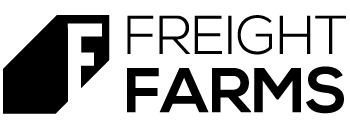

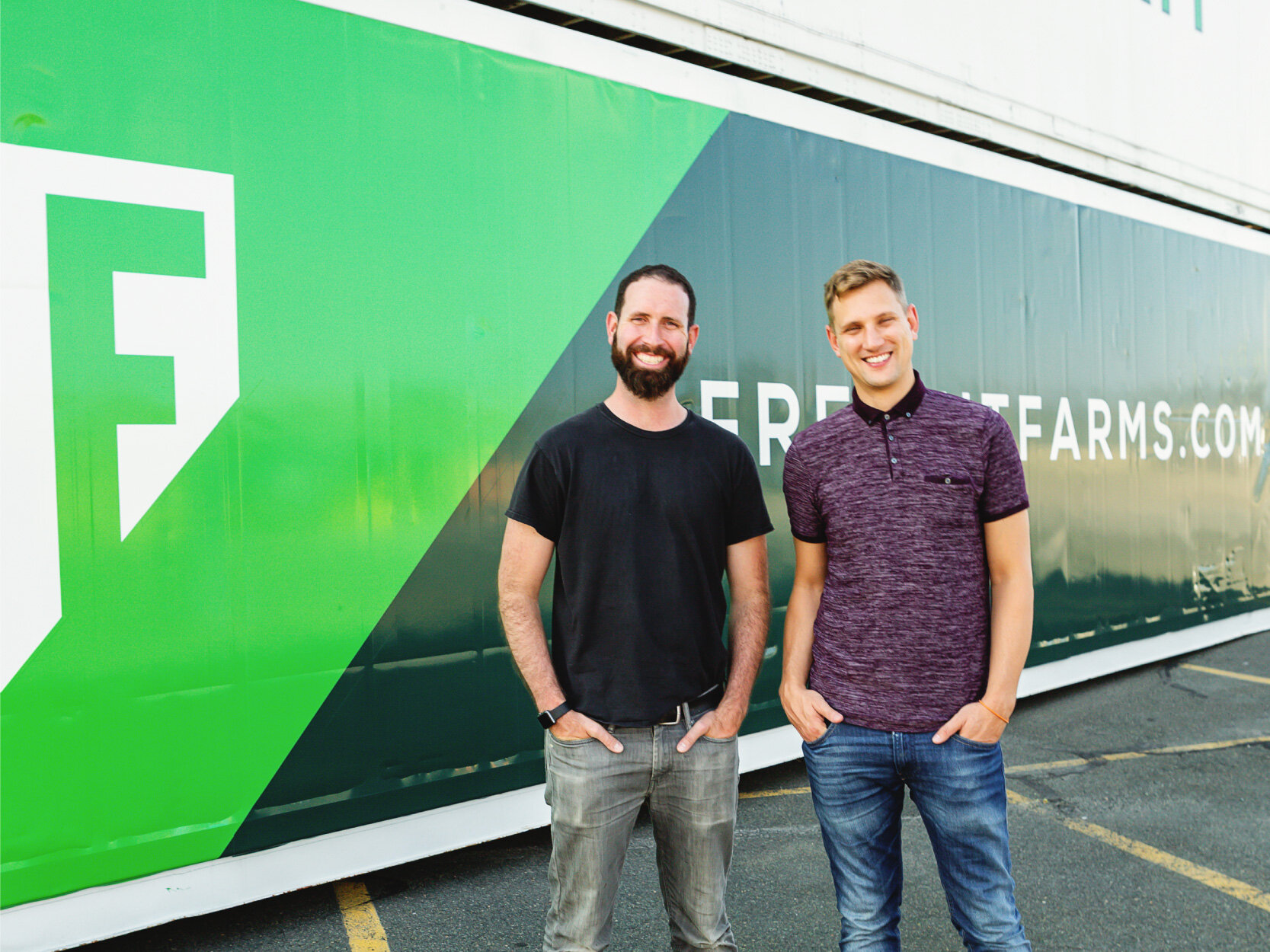

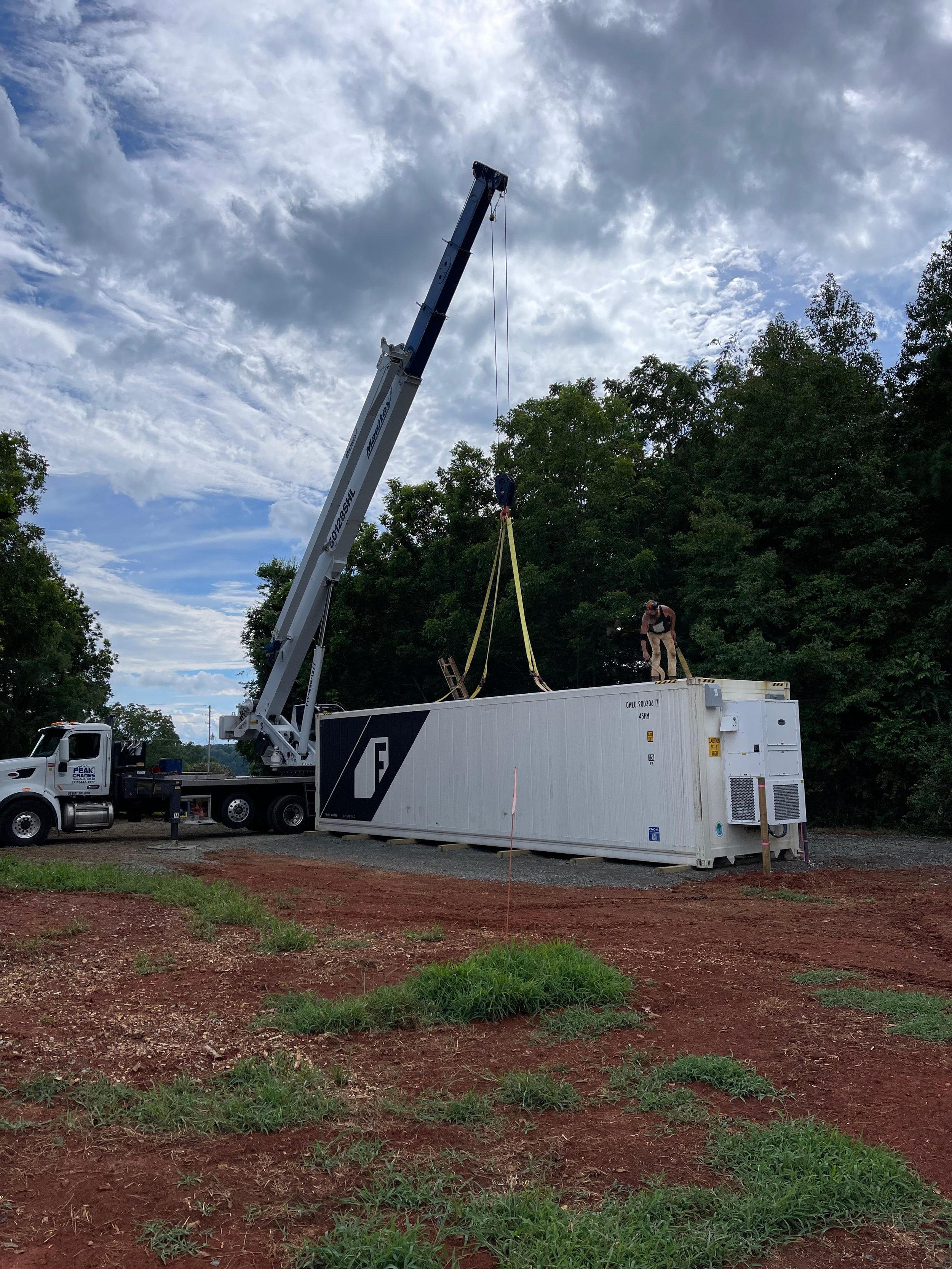
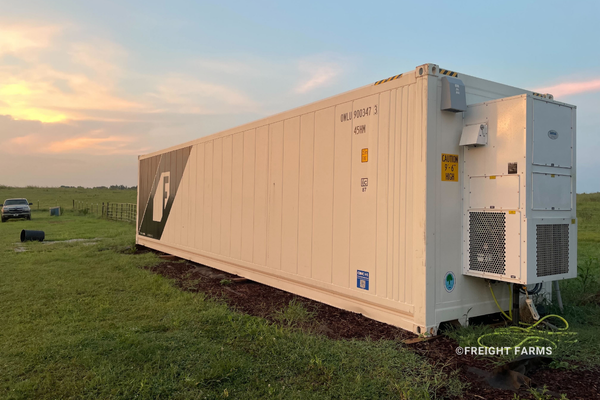
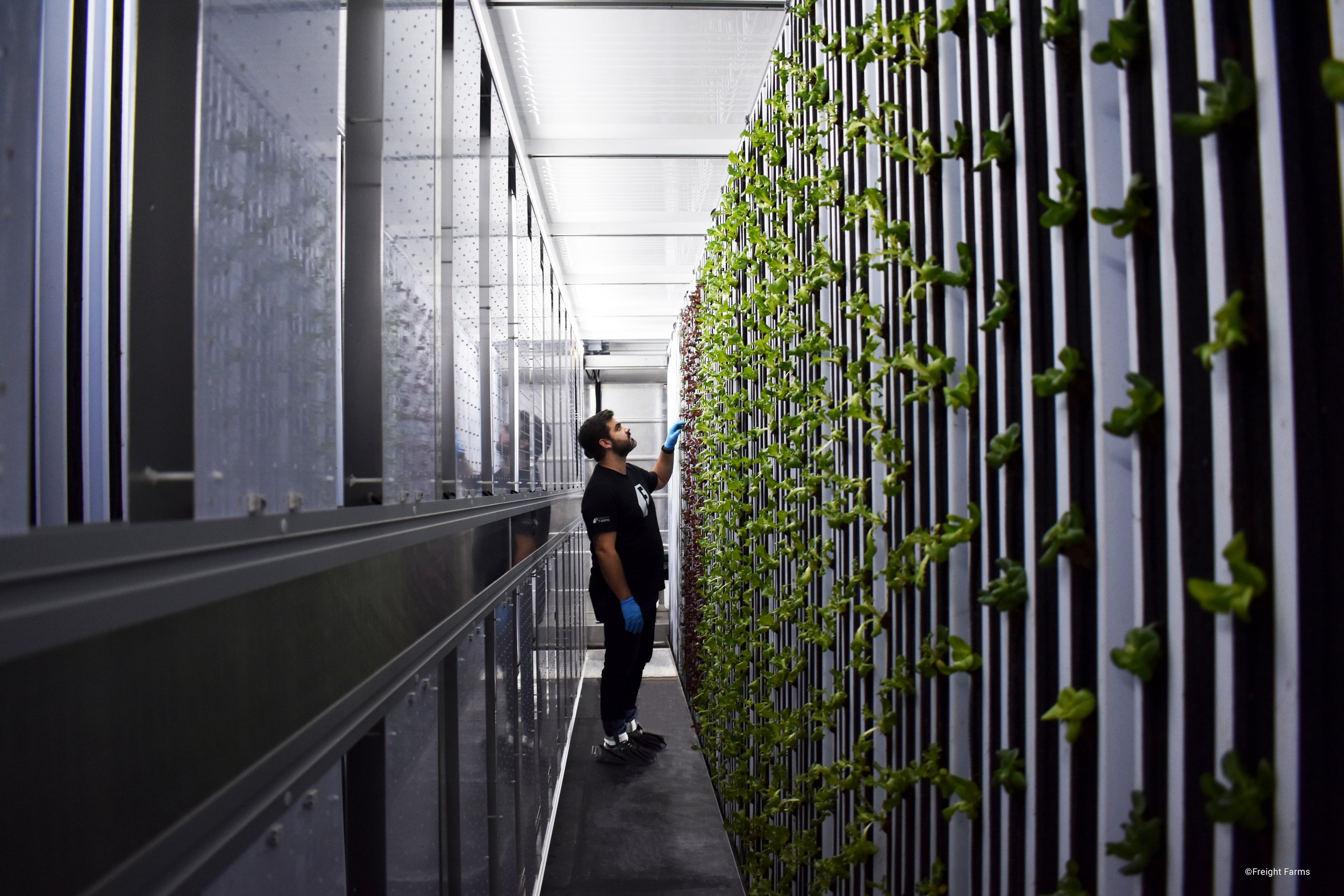






Malnutrition impacts up to half of hospital patients, but a new solution is taking root—container farming. By growing nutrient-rich produce directly on hospital campuses, healthcare providers can serve fresher food, reduce waste, and improve patient recovery. Hospitals like AdventHealth Celebration have seen over 200% salad bar revenue growth and major sustainability gains. Discover how this “Food as Medicine” approach is transforming patient care and hospital operations.